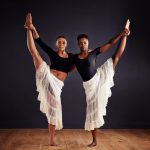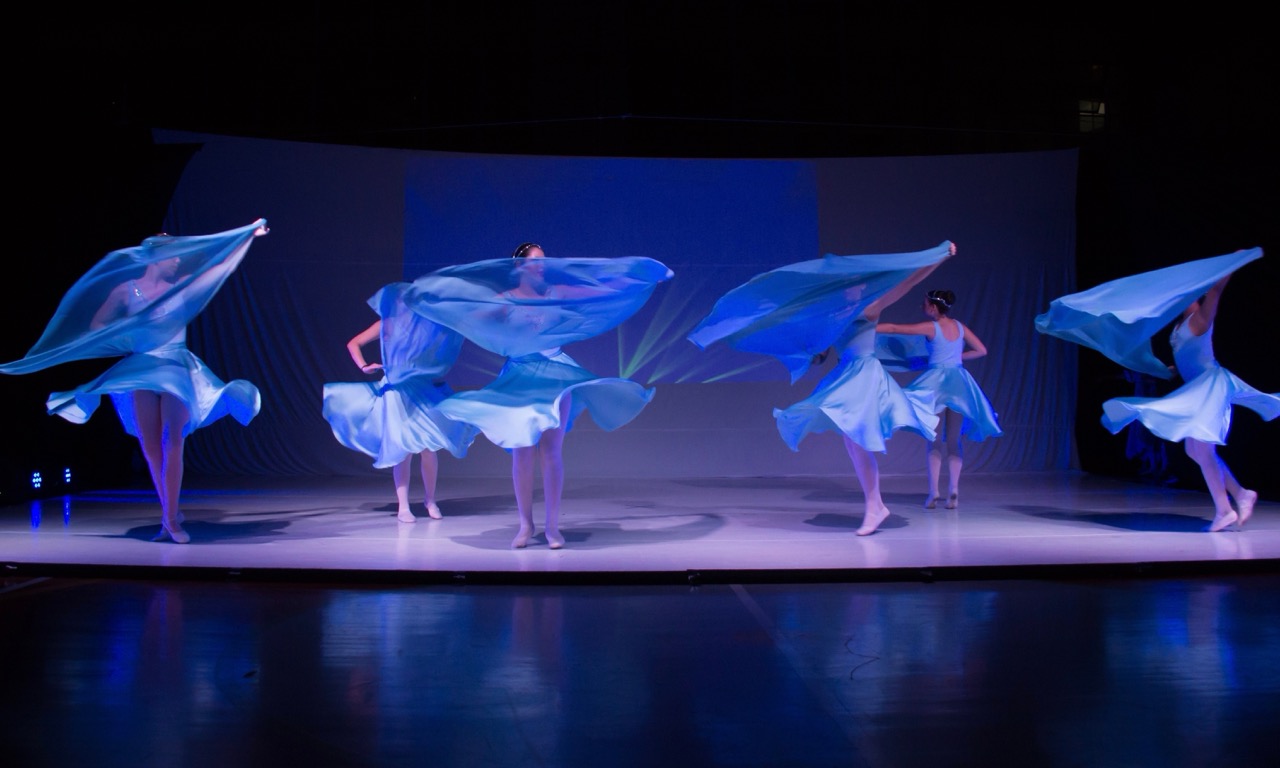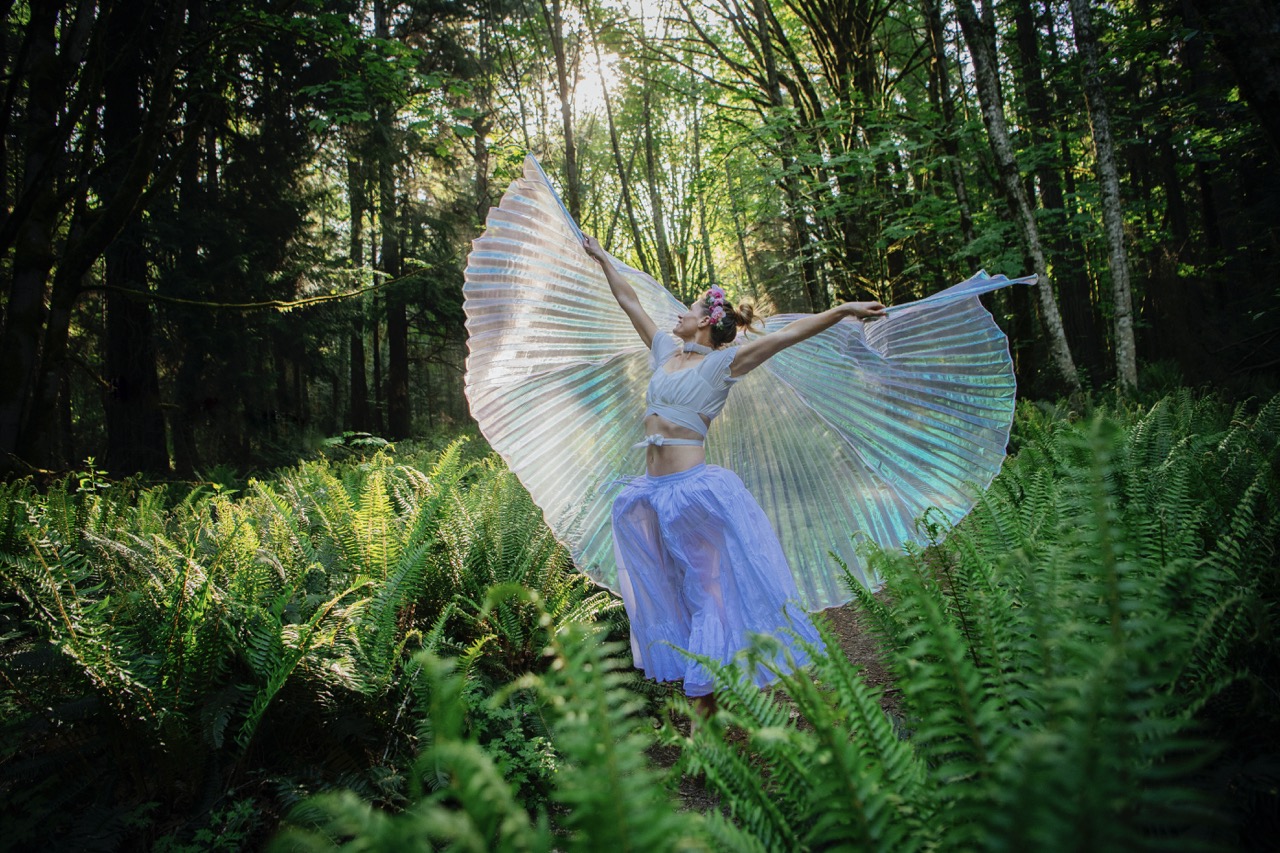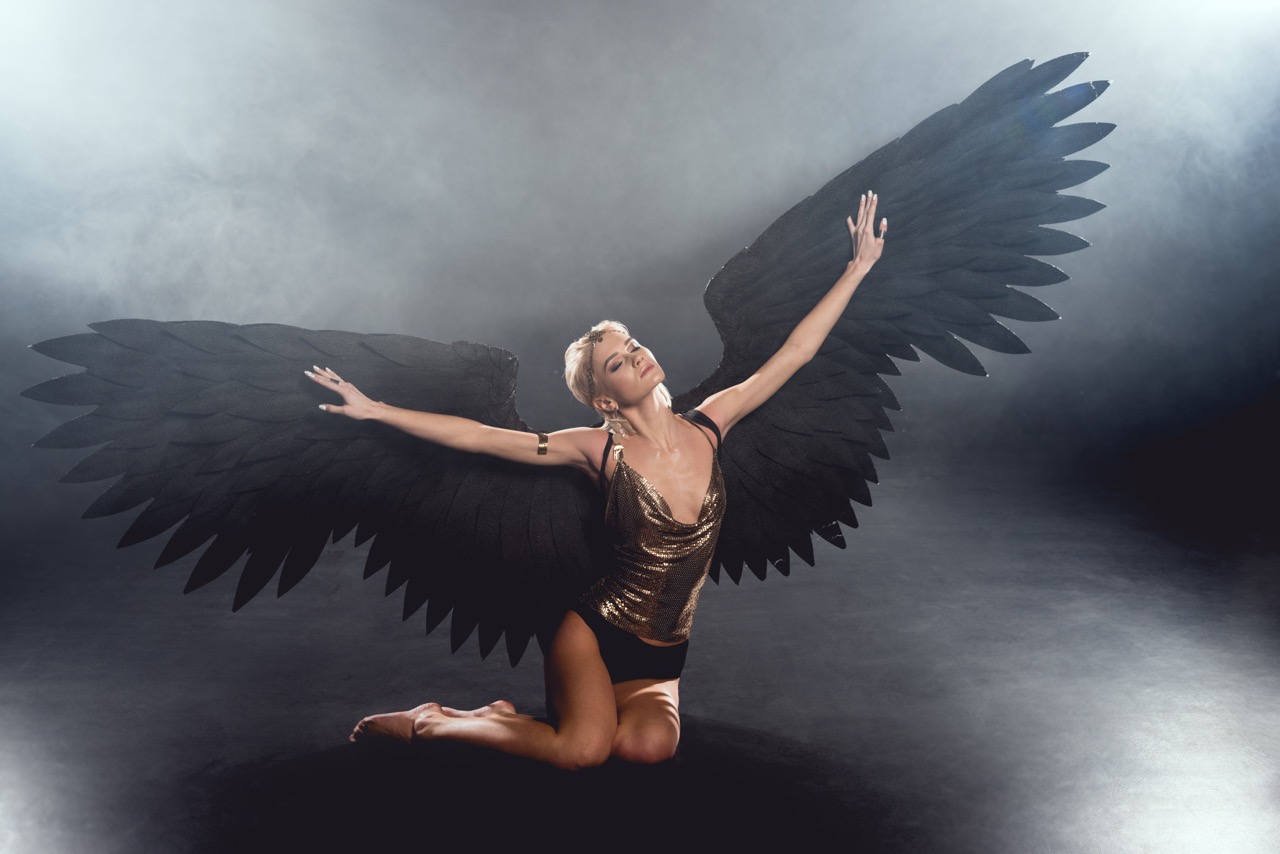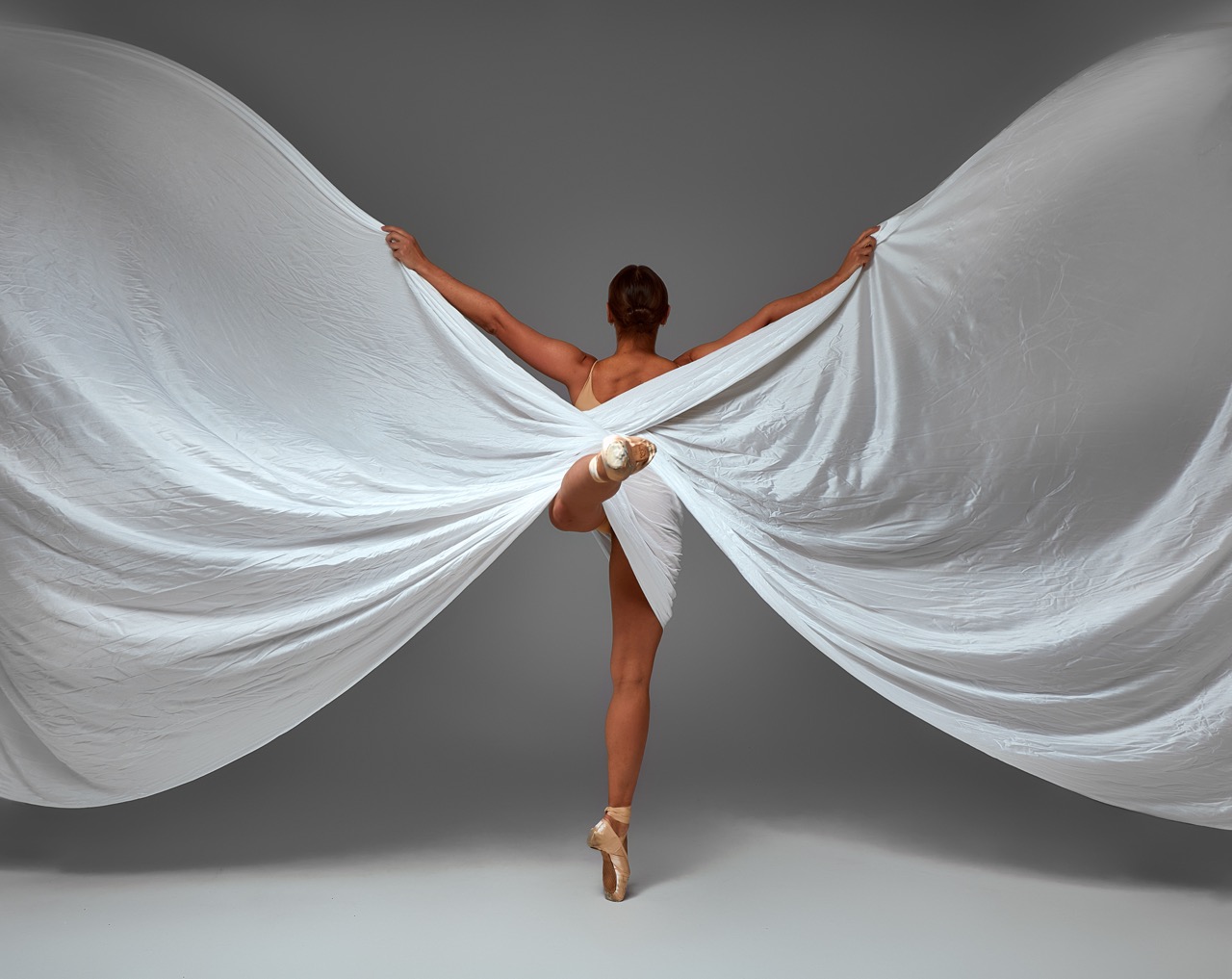Dance is a universal language that transcends cultural and geographical boundaries, yet it is also deeply intertwined with societal constructs, particularly gender. From the graceful movements of ballet to the energetic beats of hip-hop, the way individuals express themselves through dance often reflects their gender identities and societal expectations. This article explores how gender influences dance styles, from historical perspectives to contemporary breakthroughs, and anticipates a future where inclusivity shapes the art of movement.
The Interplay of Movement: Gender Shapes Dance Identity
The connection between gender and dance is vividly illustrated in the ways various styles have come to embody specific gender identities. Traditional forms often dictate not only the movements but also the roles dancers take on stage. For instance, ballet, historically dominated by female dancers in roles like the delicate swan, has perpetuated stereotypes about femininity—graceful, soft, and ethereal. In contrast, male dancers in ballet are often celebrated for their strength and athleticism, aligning with societal notions of masculinity. This dichotomy highlights how deeply ingrained gender norms influence the performance and perception of dance.
Moreover, the personal identification of dancers with their chosen styles can reinforce or challenge these gender norms. Dance serves as a medium for self-expression, allowing individuals to navigate and articulate their identities. For many, engaging with a style traditionally associated with a different gender can be an empowering act—one that blurs the lines between masculine and feminine expressions. This fluidity in movement not only redefines personal narratives but also opens doors for broader acceptance of diverse gender expressions within the dance community.
As dancers increasingly embrace styles that resonate with their authentic selves, they foster a culture that celebrates individuality over conformity. This evolution contributes to a richer tapestry of dance forms, where movement becomes an exploration of personal and societal identity rather than a strict adherence to traditional gender roles. The interplay of movement and gender continues to shape the identity of dancers and the communities they inhabit.
Historical Perspectives: Gender Roles in Dance Evolution
Historically, dance has reflected the hierarchical nature of society, with gender roles playing a pivotal part in its evolution. In many ancient cultures, dance was a collective expression and often tied to rituals, with gender roles defining who could perform what type of dance. For example, in the courtly ballets of the Renaissance, men held positions of prominence, while women were often relegated to supporting roles. This not only reinforced male dominance in the arts but also shaped the narrative surrounding women as passive participants rather than equal creators of art.
The 19th century marked a significant turning point for gender in dance, particularly with the rise of ballet as a formalized art form. The emergence of the “ballerina” ideal—characterized by a focus on femininity and beauty—shifted the perception of female dancers. They were celebrated for their ethereal qualities but were simultaneously constrained by expectations to maintain a distinct image of delicacy, which limited their artistic expression. This duality exemplified the tension between artistic freedom and societal expectation, compelling many dancers to navigate the complexities of their gendered identities.
As the 20th century unfolded, social movements began to influence dance, leading to a reevaluation of these historical gender roles. The emergence of modern dance, with pioneers like Martha Graham and Merce Cunningham, challenged the traditional constraints of ballet and offered new avenues for expression. Artists began to explore themes of gender identity and sexuality in their work, paving the way for greater inclusivity and a broader understanding of what dance could represent. This historical context underscores the ongoing transformation of gender roles within dance, creating a legacy that contemporary dancers continue to build upon today.
Contemporary Styles: Breaking Barriers in Dance Expression
In recent years, the landscape of dance has witnessed a remarkable shift toward inclusivity, with contemporary styles increasingly breaking the barriers imposed by traditional gender norms. Dance genres such as hip-hop, street dance, and contemporary have emerged as powerful platforms for individuals to express their identities beyond binary constraints. These styles often emphasize personal expression over prescribed roles, allowing dancers to defy stereotypes and showcase their unique interpretations of movement.
The rise of gender-neutral dance teams and mixed-gender performances has further contributed to this evolution. Organizations and choreographers are actively challenging traditional notions of masculinity and femininity in dance by creating spaces where all forms of expression are welcomed. This shift not only empowers dancers to explore a spectrum of gender identities but also encourages audiences to embrace diversity in performance. Events like the “All Styles Battle” and performances by non-binary artists highlight the growing acceptance of fluidity in dance, reflecting broader societal changes toward gender inclusivity.
The influence of social media has also played a significant role in reshaping contemporary dance. Platforms like Instagram and TikTok have democratized dance, allowing individuals from diverse backgrounds to share their interpretations and styles, often leading to viral trends that defy conventional gender expectations. This accessibility fosters a global exchange of ideas and styles, enabling dancers to collaborate and innovate in ways that were previously unthinkable. As a result, contemporary dance has become a vibrant canvas for exploring and expressing gender, encouraging a more inclusive and pluralistic approach to movement.
Future Rhythms: Gender Inclusivity in Dance Innovations
As we look to the future, the conversation surrounding gender and dance is poised to evolve further. The ongoing commitment to inclusivity and representation is likely to foster innovative practices that challenge existing paradigms. Artistic directors and choreographers are increasingly recognizing the importance of creating diverse teams that reflect a spectrum of gender identities. This shift not only enriches the creative process but also ensures that the narratives conveyed through dance resonate with a broader audience.
Emerging technologies, such as virtual reality and augmented reality, present exciting opportunities for reimagining dance and its relationship with gender. These platforms can facilitate immersive experiences that challenge traditional representations of gender in dance, allowing audiences to engage with performances in new and meaningful ways. By harnessing technology, dancers and choreographers can create work that transcends physical limitations, enabling a more expansive exploration of gender and identity.
In educational contexts, dance programs are beginning to incorporate discussions about gender inclusivity and identity into their curricula. By fostering environments where students can explore these concepts through movement, the next generation of dancers will be better equipped to challenge norms and advocate for their own self-expression. As the landscape of dance continues to transform, the future rhythms will resonate with messages of inclusivity, ultimately redefining how gender influences dance styles and practices.
The influence of gender on dance is a rich tapestry woven through history, culture, and individual expression. From the traditional roles that have shaped our understanding of movement to the contemporary styles that challenge these boundaries, dance remains a powerful medium for exploring identity. As the dance community continues to embrace inclusivity and innovation, the possibilities for future expression are boundless. In this dynamic interplay of movement and gender, we find not only the essence of dance but also a reflection of the evolving society in which it exists.




